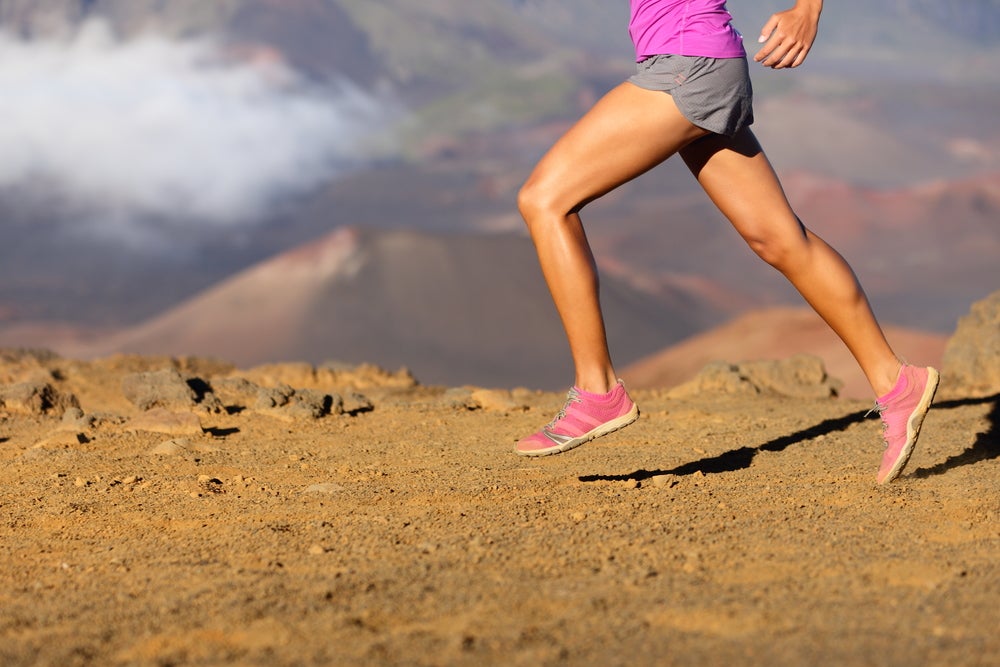Study Reveals Impact On The Knees At Various Run Speeds

Photo: <a hreh=http://shutterstock.com>Shutterstock.com</a>
New study reveals the impact on your knees at various run speeds.
Don’t eat a big meal before swimming; don’t run with scissors; and don’t run too fast or you’ll get injured. All valuable wisdom handed down from parents (and running coaches) everywhere. But just as the finer points of stride rate, running style and running shoe cushioning have been dissected by running experts everywhere, so too has the question of optimal running speed.
A recent article in the Journal of Orthopedic and Sports Physical Therapy revealed that running speed plays an important role in the amount of impact the knee experiences during a run. In the study, a group of recreational runners was asked to run 1000 meters at three different running speeds—5 mph, 7.3 mph and 9.8 mph.
While stress to the knee with each individual stride increased with running speed, the overall stress to the knee was 30 percent less at the faster speed because of the lower number of strides needed to cover the same distance. The authors state, “Our results suggest that runners could be more prone to injuries to the front of the knee region at slower running speeds.”
The study also goes on to suggest that for those who run longer distances at slower speeds, especially when fatigued, long slow mileage may be associated with overuse injuries of the knee.
RELATED: Runner’s Knee Treatment, Recovery And Exercises
“At faster speeds, runners tend to have better hip biomechanics, which leads to reduced loads on the knee,” says Dr. Michael Fredericson of the Stanford Running Clinic. “In addition, at faster speeds you are more likely to be on your forefoot, which decreases cumulative load to the knee, especially the kneecap.”
But wait. Before lacing up the racing flats, consider this: The same Danish researchers published an article in the journal Clinical Biomechanics that determined much of the extra workload for faster speeds was supplied by the muscles of the lower leg and foot, possibly leaving structures such as the Achilles and plantar fascia at heightened risk of injury.
The authors conclude that knee injuries are less likely to be associated with excessive increases in running speed but rather sudden changes in running mileage might be the determining factor. On the other hand, lower-leg and foot injuries may be related to a large increase in running speed.
So it’s possible that runners with certain running-related injuries don’t need to stop running—they might just need to change speeds.
RELATED: